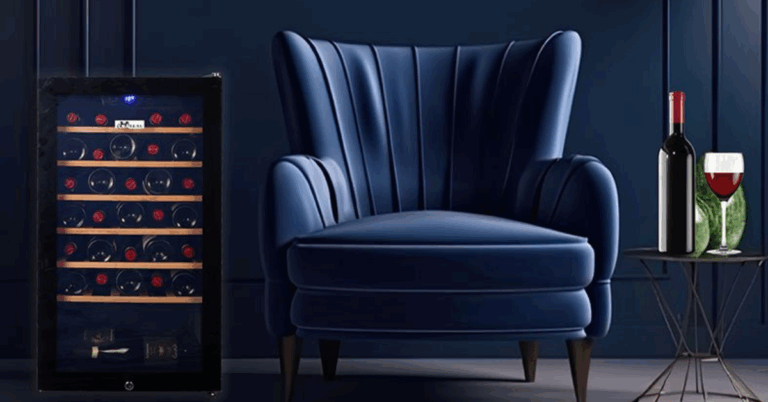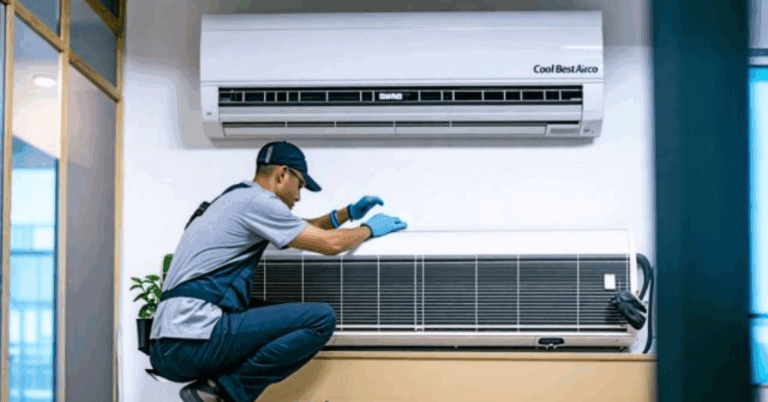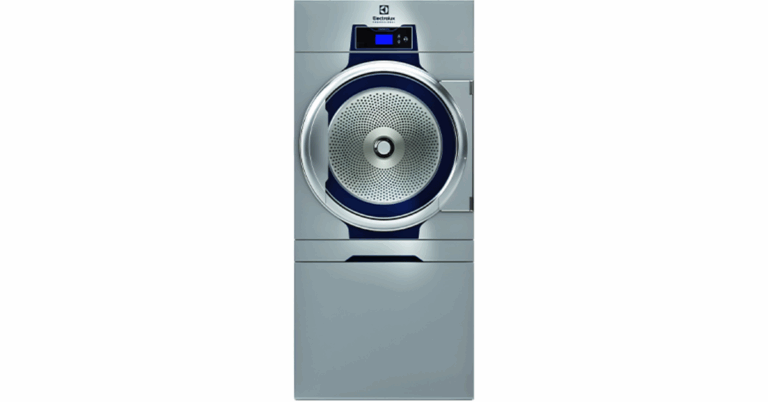Choosing the Ideal Wine Fridge Singapore: A Comprehensive Guide
Singapore’s tropical climate and compact living spaces pose unique challenges for wine lovers. Which makes investing in a reliable Wine Fridge Singapore not just a luxury but a practical necessity. Whether you’re an occasional sipper or a serious collector, the right wine fridge helps maintain your bottles at optimal conditions — preserving flavor, ageing potential and visual appeal. This article dives into what makes a wine fridge suitable for Singapore, features to prioritise, types available, how to choose one, maintenance tips, and trends to watch in 2025.
Why a Wine Fridge Matters in Singapore
High temperatures, humidity, and space constraints define the Singapore home environment. Traditional storage — basement cellars or underground wine caves — simply isn’t viable for the majority of residents. A wine fridge, however, can deliver a controlled environment regardless of external conditions.
By maintaining consistent temperature, humidity, light exposure, and vibration levels, a wine fridge helps prevent deterioration of your bottles. Grapes grown and vinified with care can still degrade if stored under fluctuating or improper conditions. In a singapore home where AC cycles and heat ingress are common, a dedicated cooling unit is essential.
Moreover, modern wine fridges also merge functionality with aesthetics: many models are designed to look like furniture, appliances or built-ins, allowing you to showcase your wine collection as part of your interior décor.
Key Features to Look For
When evaluating wine fridges for Singapore, you’ll want to assess several critical attributes:
1. Temperature Accuracy and Zones
Red and white wines often require different storage temperatures. A good wine fridge Singapore model offers dual-zone (or even multi-zone) control so you can store both red and white wines under ideal settings. The temperature stability should be within ± 1°C or better.
2. Humidity Control
Maintaining humidity in the 50% to 70% range helps prevent corks from drying out or growing mold. Too dry an environment can cause corks to shrink; too humid can encourage mold. Many high-end fridges include a humidity retention or control system.
3. UV Protection & Door Material
Ultraviolet light degrades wine compounds over time. Look for tinted glass doors or UV-resistant glass to block harmful light. Doors should also seal tightly to prevent fluctuations in heat or humidity.
4. Vibration Dampening & Quiet Operation
Vibrations disrupt wine sediments and aging processes. Good wine fridges attenuate compressor vibrations through insulation or isolation systems. In a small apartment, you also don’t want something that hums loudly — quieter operation is a key comfort factor.
5. Energy Efficiency
In Singapore where electricity is expensive, an energy-efficient model pays off. Those labeled with efficient compressors, insulation, and eco-friendly cooling systems help lower running costs.
6. Storage Capacity & Shelf Flexibility
Capacity should suit both current and future collections. Some fridges offer adjustable or sliding shelves to accommodate larger bottles (e.g. magnums). Shelves should support weight without sagging.
7. Design & Installation Type
Depending on your space, you may prefer a free-standing unit (more flexible in placement) or a built-in fridge (integrates into cabinetry for seamless aesthetics). Ventilation requirements differ: built-ins often need front or side venting.
8. Security & Accessibility
Lockable doors, child safety features, and easy access shelving can add peace of mind. Some fridges also include digital displays and alarms (e.g. temperature out of range).
Types of Wine Fridges Suitable for Singapore Homes
Across the market, these are the common styles you’ll find:
Countertop / under-counter fridges: Compact units ideal for 12–30 bottles, perfect for small kitchens or bars.
Mid-size cellars: Typically hold 40–100 bottles, suitable for serious enthusiasts with more space.
Large display cellars: 100+ bottle capacity, often with glass display fronts — more suited for dedicated entertainment zones or wine rooms.
Built-in / integrated models: Designed to be flush within your cabinetry for a sleek, built-in look.
Freestanding full-height units: Standalone towers that can be placed almost anywhere with ventilation clearance.
Each style has trade-offs in flexibility, aesthetics, and ease of installation.
Choosing the Right Wine Fridge For You
Below is a step-by-step decision checklist to help you land on the right model:
Estimate your collection size
Consider how many bottles you now own, plus potential growth. Add a buffer of ~20–30%.Decide on wine types you’ll store
If you drink both whites and reds, dual zones are essential. If just one type, a single zone may suffice.Assess available space & ventilation
Measure width, depth and height. Know whether you’ll use a free-standing or built-in option, and allocate proper ventilation clearance (often top or rear venting for built-ins).Prioritize noise and vibration controls
In a small home or near living areas, those specs matter a lot. Aim for units with quiet operation.Plan for aesthetics & door style
Would you prefer a stainless steel or black frame? Tinted glass or solid door? Which fits your interior style?Factor in climate & insulation
Singapore’s heat means insulation and efficient compressor design are non-negotiable.Check features & digital controls
Look for alarms, lock systems, humidity monitors, and easy user controls.Warranty, service and spare part support
Always choose a brand that offers good after-sales support in Singapore, including replacement parts.
Care & Maintenance Tips
To ensure your wine fridge continues performing well:
Clean periodically — remove shelves, wipe interior with a soft cloth and mild detergent, then dry thoroughly.
Allow curing time — after delivery, keep it off for ~12 hours before powering on (letting refrigerant settle).
Monitor temperature offsets — place a wine thermometer in one shelf to validate actual vs display readings.
Avoid overloading — allow air circulation around bottles.
Check seals & gaskets — clean and ensure they maintain a good seal.
Ventilation clearance — maintain adequate space if it’s built-in.
Power stability — avoid frequent power cycling; use a stable power source if possible.
Keep away from heat sources — avoid placing near ovens, stoves or direct sunlight.
Benefits of Wine Fridge Ownership in Singapore
Wine quality preservation — maintain optimal aging and prevent spoilage from heat or humidity.
Convenience & readiness — wines are stored at serving temperature ready to drink.
Space efficiency — fits into modern apartments without needing a wine room.
Display & prestige — a sleek unit adds elegance to your home or entertainment space.
Investment protection — high-end bottles appreciate when stored correctly.
Trends & Innovations to Watch in 2025
Smart integration & app control — fridge units that allow remote monitoring, instant alerts and temperature control from your phone.
Multi-zone & flexible compartments — more than two zones, with compartments switching between red, white, champagne modes.
Eco-friendly cooling systems — natural refrigerants (like R600a), more efficient compressors and better insulation to reduce energy use.
Modular, stackable units — allowing growth by stacking or connecting modules as your collection expands.
Design fusion & customization — more built-in flush designs, interchangeable panels, color options to match cabinetry.
Integration with humidity & UV sensors — continuous real-time monitoring and automated adjustments.
Final Thoughts
In Singapore’s climate, choosing a high-quality wine fridge Singapore isn’t optional if you care about your wine. A smartly chosen unit protects your investment, ensures optimal aging, and brings convenience and style into your home. Be deliberate about features like temperature control, insulation, vibration dampening, and layout compatibility. Care and maintenance are also key to longevity. Keeping an eye on emerging trends will ensure that your wine fridge remains modern and functional for many years.







